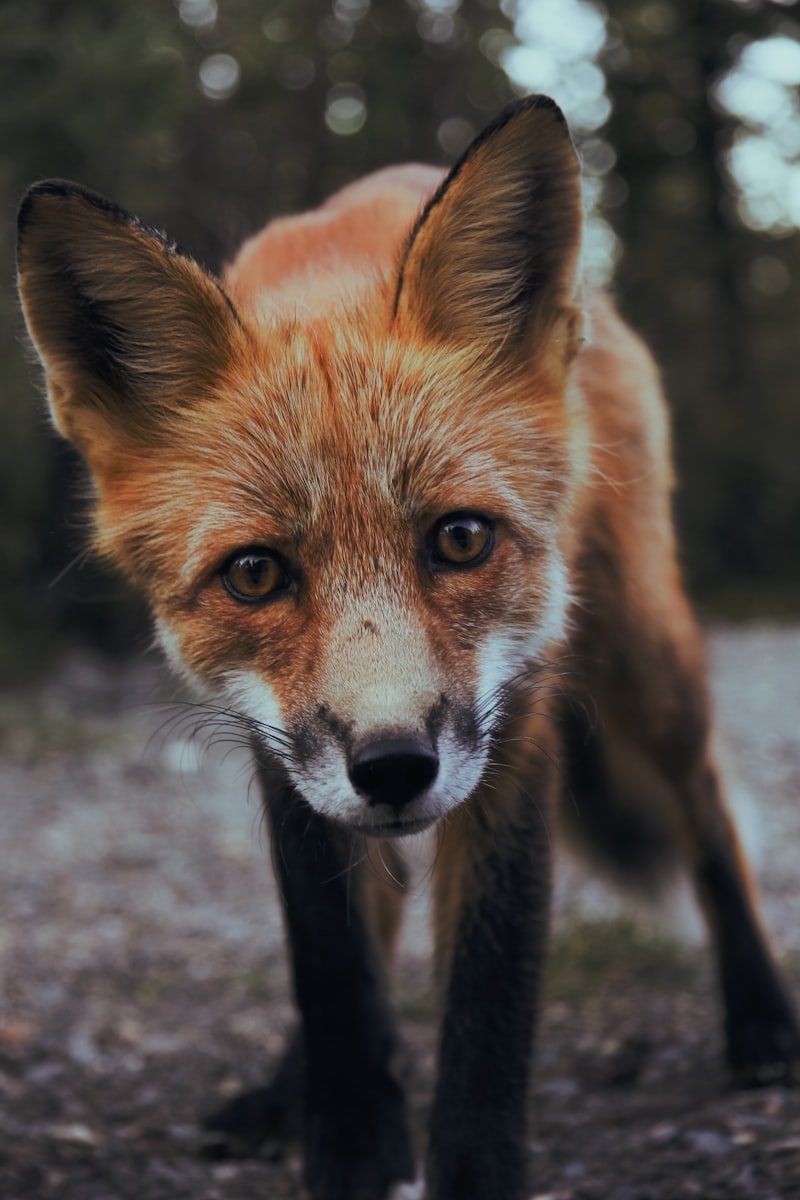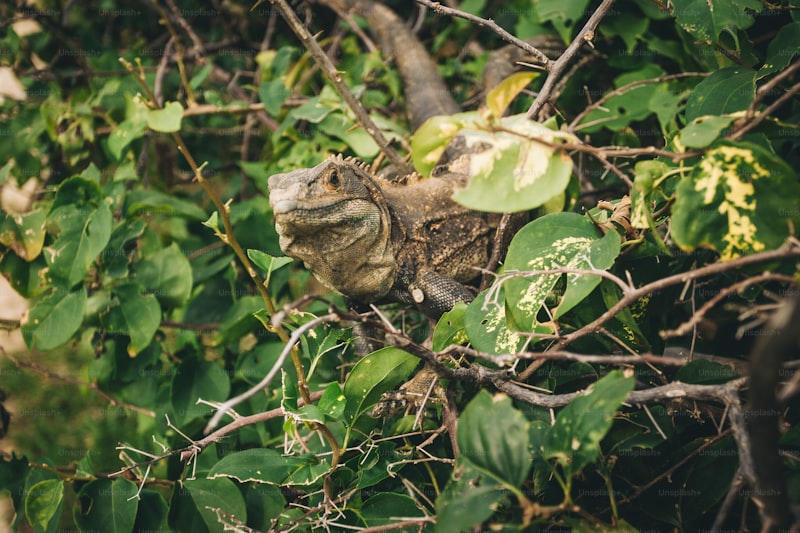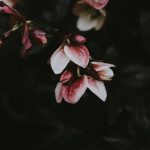Ever wondered how wildlife adapts to city life? The study of population genetics in urban wildlife reveals fascinating insights into their evolution amidst concrete jungles. Unlike their rural counterparts, urban animals navigate a landscape fraught with human influence, shaping their genetic diversity in unexpected ways.
Cities act as crucibles of change, influencing everything from habitat availability to mating patterns among species. Population genetics delves into these dynamics, unraveling the genetic makeup of urban wildlife populations. It explores how genetic diversity is impacted by factors like habitat fragmentation, pollution, and the availability of resources.
In urban settings, animals face unique challenges. Some species thrive, adapting remarkably well to city conditions. Others struggle, facing genetic bottlenecks and reduced gene flow due to fragmented habitats. These dynamics influence not only their survival but also their genetic resilience over time.

Imagine a city as a genetic melting pot where genes are the currency of adaptation. Just like human communities, urban wildlife communities evolve through interactions and adaptations to urban challenges. Genetic studies track these changes, revealing which traits become dominant and how species adapt to coexist with human development.
By understanding urban wildlife’s genetic makeup, researchers gain crucial insights into conservation strategies. They can identify genetically distinct populations, prioritize corridors for habitat connectivity, and even predict how species might evolve in response to ongoing urbanization.
Population genetics offers a window into the evolutionary journey of urban wildlife. It highlights their resilience, adaptability, and the intricate interplay between genetics and urban environments. As cities continue to grow, so too will our understanding of how wildlife thrives amidst the concrete and chaos.
Unveiling the Genetic Tapestry: Urban Wildlife Insights
Urban environments, bustling with human activity, often hide a fascinating world of wildlife amidst the concrete and skyscrapers. The genetic tapestry of urban wildlife offers unique insights into how these creatures adapt and thrive in our cities.
Take the city-dwelling fox, for example. Known for its cunning nature in folklore, urban foxes exhibit remarkable genetic adaptations that help them navigate the complexities of city life. Their DNA reveals a blend of traits that enable them to scavenge for food efficiently and avoid human detection, showcasing an evolutionary response to urbanization.
Similarly, birds like pigeons and sparrows have undergone genetic changes that equip them for urban survival. Their ability to thrive on scraps and exploit niches in urban landscapes reflects genetic shifts over generations. These adaptations aren’t just survival mechanisms; they also hint at the resilience and flexibility encoded within their genetic makeup.
But it’s not just about survival. Urban wildlife genetics also shed light on biodiversity and ecological balance within cities. Studying genetic diversity among urban species provides crucial data for conservation efforts, highlighting the interconnectedness of urban ecosystems with their rural counterparts.
Moreover, genetic research in urban settings isn’t confined to land-dwelling animals. Marine species, like fish and even certain mammals, reveal genetic adaptations influenced by urban coastal developments. Understanding these genetic nuances helps scientists predict and manage the impact of urban expansion on marine biodiversity.
In essence, uncovering the genetic tapestry of urban wildlife offers a deeper appreciation of how these creatures coexist with humans in our ever-expanding cities. It’s a testament to nature’s ability to adapt and thrive in unexpected environments, reminding us of our role in preserving the delicate balance between urban development and wildlife conservation.
City Dwellers in DNA: Exploring Urban Wildlife Genetics
In the heart of urban landscapes, from New York to Tokyo, wildlife species are not just surviving but adapting in extraordinary ways. Take the city-dwelling raccoons, for instance. These clever masked bandits have not only learned to scavenge from garbage bins but also developed genetic traits that help them digest a diet rich in human leftovers. Their genetic makeup has subtly shifted over generations, influenced by the urban diet and lifestyle, showcasing evolution in action.
But it’s not just mammals like raccoons. Birds, too, are spreading their wings in the urban sprawl. Researchers have found that urban-dwelling birds exhibit changes in their gene expression compared to their rural counterparts. This allows them to cope with stressors such as noise pollution and artificial light, demonstrating how genetics play a pivotal role in their survival strategy.
Moreover, the urban environment acts as a melting pot for genetic diversity. Animals from different backgrounds intermingle in cities, creating hybrid species and unique genetic blends that are rarely seen in natural habitats. This genetic mixing pot is not just limited to land-dwelling creatures; aquatic species in urban rivers and lakes also show genetic adaptations to urban pollution and fluctuating water conditions.
As we uncover these genetic marvels, scientists are also discovering practical applications for human health and environmental conservation. Studying how urban wildlife adapts could offer insights into human diseases and resilience. Additionally, preserving genetic diversity among urban wildlife is crucial for maintaining healthy ecosystems and adapting to future environmental changes.
Urban wildlife genetics is more than just a study of animals; it’s a glimpse into the dynamic relationship between nature and the built environment. Each genetic discovery brings us closer to understanding how these creatures thrive amidst the concrete chaos, offering hope and inspiration for coexistence in our rapidly urbanizing world.
Genetic Diversity in the Concrete Jungle: Urban Wildlife Studies

Urban landscapes, often seen as concrete jungles bustling with human activity, are surprisingly rich ecosystems for wildlife. The concept of genetic diversity within these urban environments has become a fascinating area of study for wildlife researchers worldwide. Unlike their counterparts in natural habitats, urban wildlife faces unique challenges and opportunities that influence their genetic makeup.
One of the key factors contributing to genetic diversity in urban wildlife is adaptation. Species like raccoons, foxes, and even birds have shown remarkable adaptability to urban settings. This adaptation isn’t just behavioral; it extends to genetic changes that help them thrive amidst human-dominated landscapes. For example, studies have found that urban birds may evolve different plumage colors or song patterns compared to their rural counterparts, driven by environmental pressures in cities.
Furthermore, the interconnectedness of urban green spaces plays a crucial role in maintaining genetic diversity. Parks, gardens, and even roadside vegetation act as corridors that allow wildlife to move and interact. These green patches not only provide refuge but also facilitate genetic exchange between different populations. This exchange helps prevent inbreeding and maintains healthy genetic variation within species.
However, urbanization isn’t without its challenges. Fragmentation of natural habitats due to urban development can isolate populations, limiting their genetic diversity. Small, isolated groups are more susceptible to genetic drift and inbreeding depression, which can reduce their fitness over generations.
Studying genetic diversity in urban wildlife offers insights into how species adapt to human-altered environments. By understanding these mechanisms, conservation efforts can be better tailored to preserve genetic diversity and ensure the long-term survival of urban wildlife populations.
This article aims to capture the essence of genetic diversity in urban wildlife while maintaining a conversational tone and engaging the reader with relevant examples and insights.
From Pavement to Park: Mapping Urban Wildlife Genetics
In cities worldwide, green spaces are more than just patches of grass—they’re havens for unexpected biodiversity. Imagine a raccoon ambling through a park or a fox darting across a city street at night. These animals aren’t just random wanderers; they are part of a larger ecosystem adapting to human-dominated landscapes.
Urban wildlife genetics studies this phenomenon by analyzing the DNA of various species living in cities. By mapping genetic patterns, scientists gain insights into how wildlife populations are connected, how they evolve, and how they cope with urbanization’s challenges. It’s like unraveling a genetic map that tells the story of survival against the odds.
Take the case of the Eastern coyote, a cunning predator that has found its niche in urban areas across North America. Through genetic analysis, researchers discovered that these coyotes aren’t purebred; they’ve got a mix of wolf and dog DNA, a genetic cocktail suited for urban living. It’s evolution happening in real-time, where survival means blending old instincts with new urban skills.
But it’s not just large mammals making headlines. Even the smallest creatures play a crucial role in urban ecology. From insects to birds, each species contributes to the intricate web of city life. Genetic studies help us understand how these species adapt to pollution, habitat fragmentation, and other urban challenges.
Imagine walking through a city park, knowing that every rustle in the bushes and every chirp overhead tells a story of resilience and adaptation. Urban wildlife genetics opens a window into this hidden world, showing us how nature persists against all odds in the concrete jungles we call home.
Behind the Buildings: Genetic Secrets of Urban Wildlife
Ever wondered how wildlife adapts in the concrete jungles we call cities? Urban environments present a unique set of challenges and opportunities for wildlife, shaping their genetic makeup in unexpected ways. These creatures, from squirrels to birds and even urban foxes, have developed genetic traits that help them thrive amidst human activity.
In cities, survival often hinges on adaptability. Animals like city-dwelling pigeons have evolved to digest a varied diet that includes discarded fast food, while others, like city foxes, have become more nocturnal to avoid human interaction. These behavioral adaptations are not just learned behaviors; they are influenced by genetic changes over generations.
The genetic secrets of urban wildlife reveal fascinating insights into evolution itself. For instance, studies have shown that urban birds have different stress responses compared to their rural counterparts, a trait influenced by their genetic makeup. This adaptability isn’t just limited to birds; city-dwelling mammals exhibit altered genetic expressions related to metabolism and stress regulation.
Moreover, urbanization creates genetic bottlenecks for some species while promoting genetic diversity in others. The barriers posed by roads and buildings can restrict gene flow, isolating populations and leading to genetic divergence. On the other hand, diverse urban habitats offer new niches that can foster genetic adaptation and speciation over time.
Understanding these genetic adaptations is crucial for conservation efforts in urban areas. By studying how wildlife’s genes respond to urban challenges, researchers can better predict species’ resilience to environmental changes and develop strategies to protect biodiversity in cities.
Frequently Asked Questions
How can genetic data help manage and preserve urban wildlife species?
Discover how genetic data aids in the management and conservation of urban wildlife species. Learn how genetic insights enable researchers to track population health, assess genetic diversity, and implement effective conservation strategies in urban environments.
What are the main factors influencing genetic adaptation in urban wildlife?
Factors influencing genetic adaptation in urban wildlife include habitat fragmentation, human disturbance, pollution levels, availability of resources, and adaptive traits of the species.
Why is studying population genetics crucial for urban wildlife conservation?
Studying population genetics is crucial for urban wildlife conservation because it helps scientists understand genetic diversity, population health, and the potential for adaptation to urban environments. This knowledge guides conservation efforts by identifying key populations, assessing their resilience to urban pressures, and developing strategies to maintain genetic variability essential for long-term survival.
What is population genetics and how does it apply to urban wildlife?
Learn about population genetics and its application to urban wildlife, exploring how genetic principles help understand the diversity, adaptation, and dynamics of wildlife species in cities.
How does urbanization affect genetic diversity in wildlife populations?
This FAQ explores how urbanization impacts genetic diversity in wildlife populations. It discusses the factors such as habitat fragmentation and isolation that contribute to reduced gene flow among species in urbanized areas. The explanation emphasizes the consequences of decreased genetic diversity on population resilience and adaptation to environmental changes.



